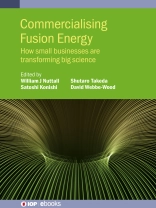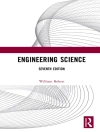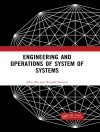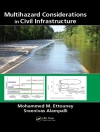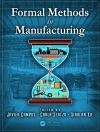Throughout the past five decades, research and development in the world of nuclear fusion has been led by large publicly funded national laboratories. Currently, fusion energy technology development is being embraced by small, fast-moving start-up companies.
This edited book provides an overview of the commercialisation of fusion energy technology, stressing the role to be played by small businesses and the ongoing importance of public sector efforts. All chapters were peer-reviewed by experts before publication to ensure the reliability of the scientific content. The editors are of the opinion that “there is a need for a good overview of a complex phenomenon that has the potential to transform fusion energy research after decades of leadership by governmental and inter-governmental efforts.” The book addresses not only the science and technology of fusion commercialisation, but also the associated innovation management. The first section of the book provides an introduction to private fusion and explains that the marketed product will not necessarily be electricity. The policy context of a global need for decarbonisation is introduced and compared to the timescales of fusion commercialisation. The second section introduces some of the leading private sector initiatives in fusion from around the world. Then, the third section outlines the public sector’s ongoing efforts toward commercialisation. And finally, the fourth section discusses the challenges and future opportunities of private fusion.
Key Features
- This book tells a story about a technology in transition
- Provides an overview of the commercialisation of fusion energy technology, stressing the emerging role being played by small businesses
- Explores not only the science and technology behind fusion commercialisation but also innovation management
- Suitable for both academic and non-academic researchers and scholars
Mục lục
1 – Introduction
Section I – Private fusion primer
2 – Review of approaches to fusion energy
3 – Considerations for commercialization strategies for fusion energy
4 – Funding and financing commercial fusion power plants
Section II – Progress in the private sector
5 – Tokamak Energy
6 – Laser fusion CANDY GPI/Hamamatsu
7 – Pioneers of commercial fusion
Section III – Public sector push to commercialization
8 – STEP—on the pathway to fusion commercialization
9 – DEMO design activities and helical initiatives in Japan
Section IV – Challenges and future opportunities
10 – Fusion innovation: understanding the engineering challenges to commercial fusion
11 – Commercial opportunities for nuclear fusion
12 – Fusion energy and carbon management
13 – Conclusions
Giới thiệu về tác giả
Corresponding Editor William Nuttall is a Professor of energy at The Open University, UK. He is also a Fellow of the Payne Institute for Public Policy at the Colorado School of Mines, USA and a Fellow of the Construction Engineering Masters programme at the University of Cambridge. He is an Affiliated Lecturer within the University of Cambridge Engineering Department and a Fellow of Hughes Hall a college of the University of Cambridge. He has extensive policy advice experience with the UK government and the European Union.
Satoshi Konishi is a Professor at the Institute of Advanced Energy, Kyoto University. He was previously the Director of the Fusion Reactor Systems Laboratory at the Japan Atomic Energy Research Institute. He earned his Ph D from the University of Tokyo.
Shutaro Takeda is a Fellow of the Urban Institute, Kyushu University. He conducts research on energy sustainability, energy economy and renewable energy policy in developing nations. He is also the Research Representative of the Public Outreach Initiative for Nuclear Fusion at the National Institute for Fusion Science. In 2018, he was named the International Young Energy Professional of the Year by the Association of Energy Engineers.
David Webbe-Wood is a Ph D student in the School of Engineering and Innovation at The Open University. He previously earned his Master of Research qualification in Nuclear Energy from Imperial College London. He is a member of The Society for Radiological Protection and a former Radiological Protection Specialist.
